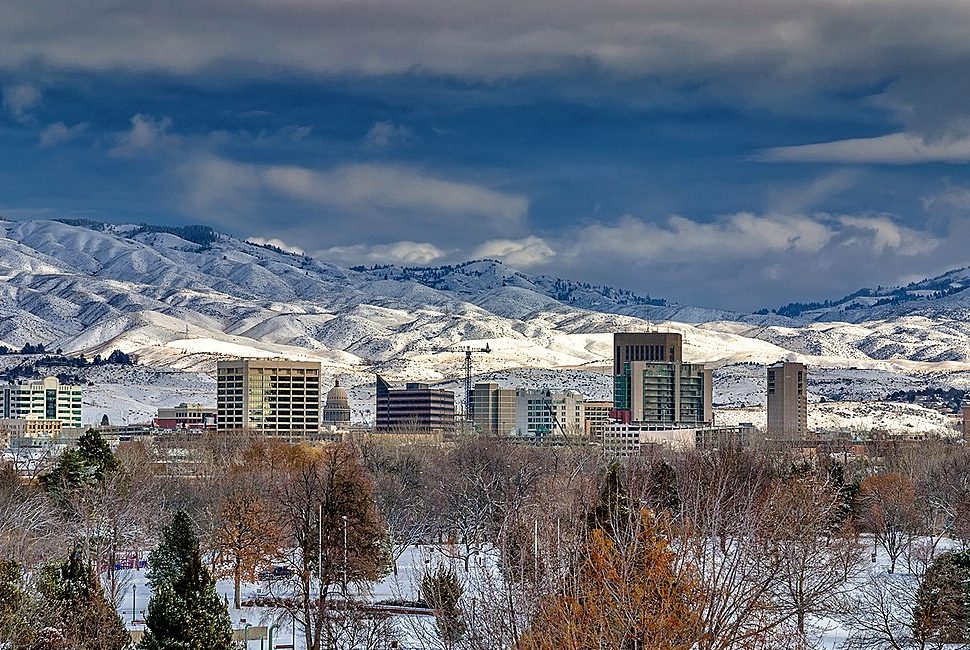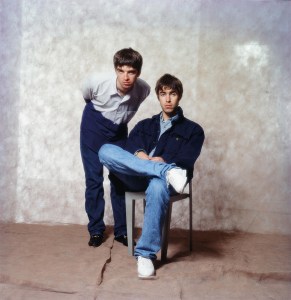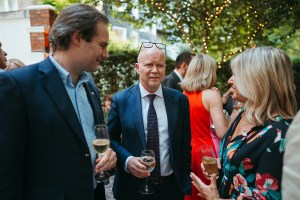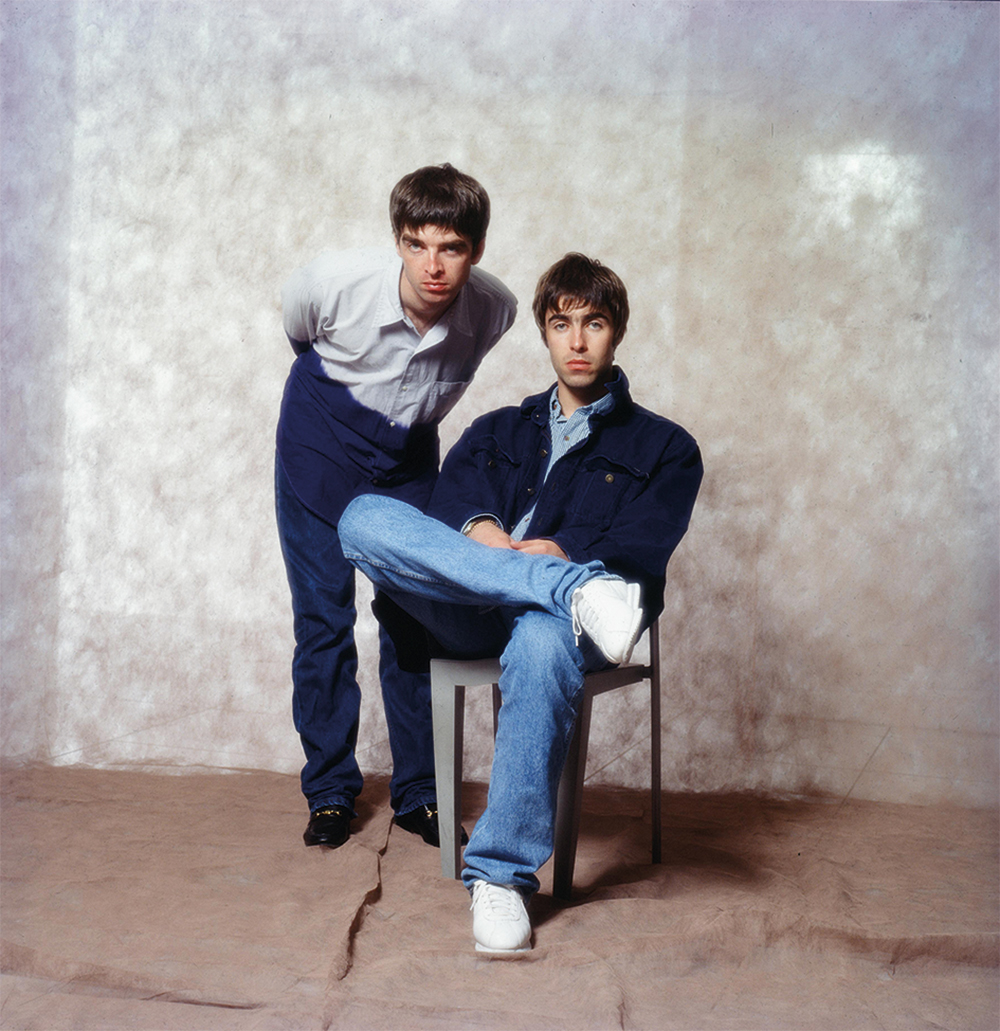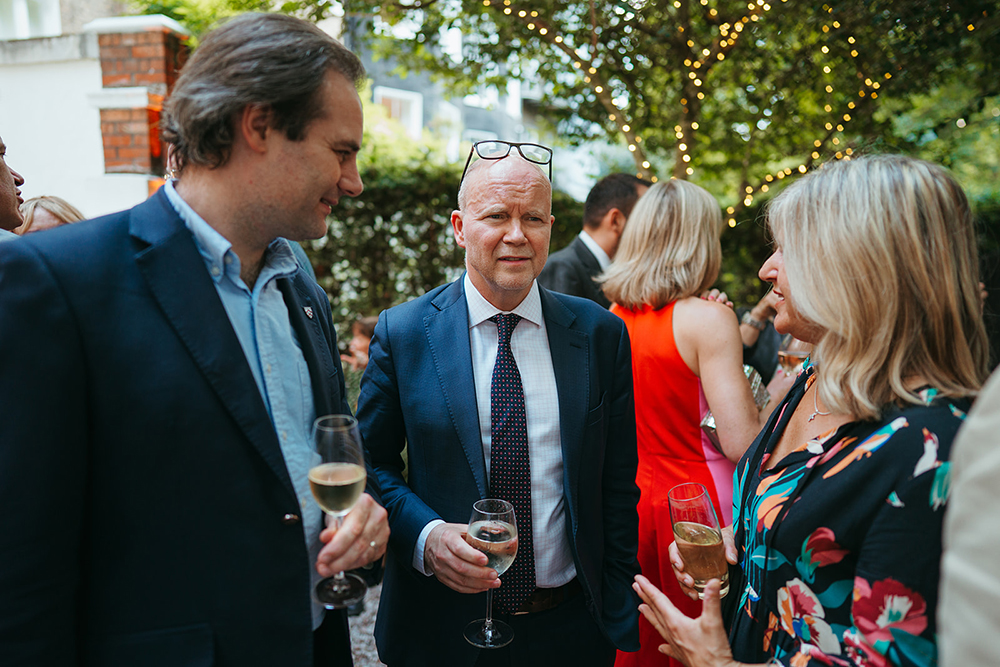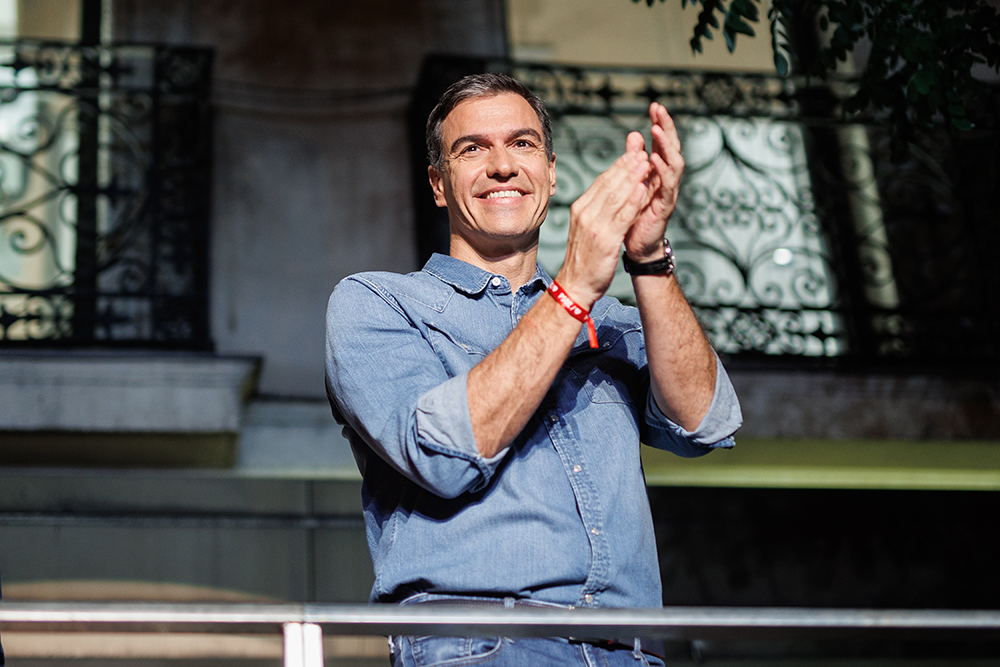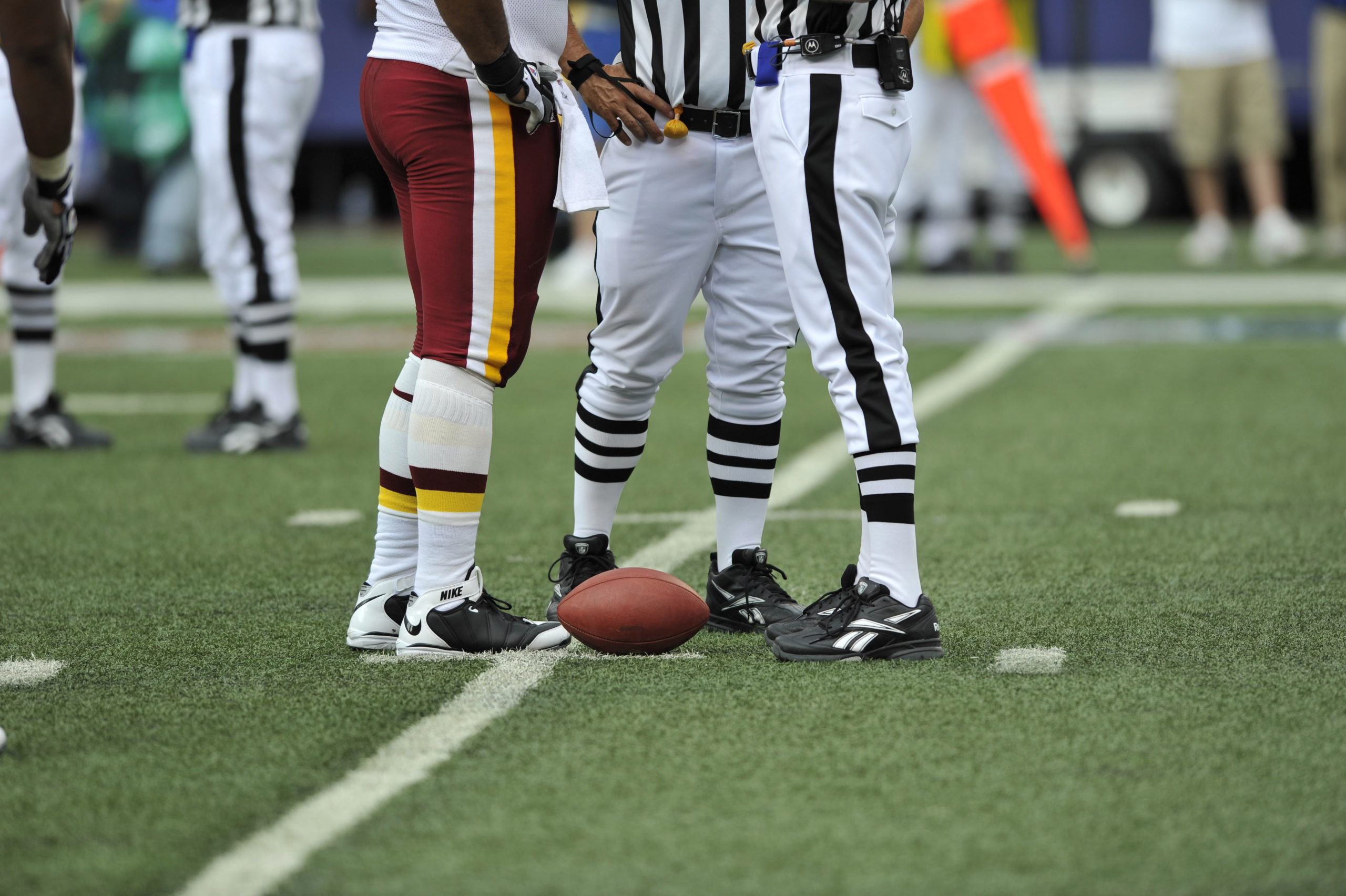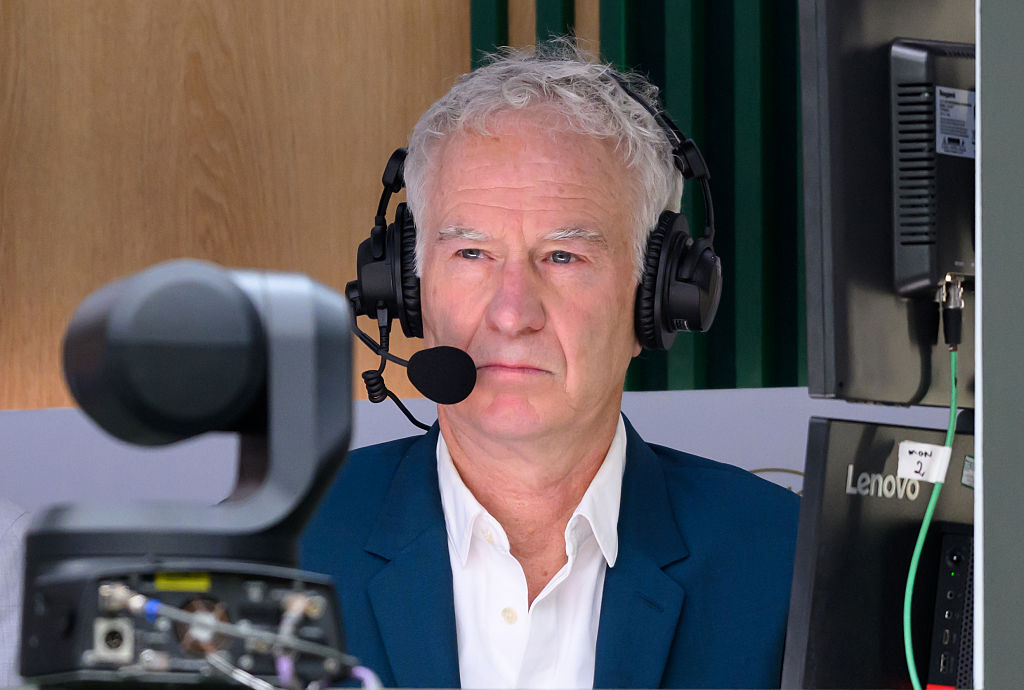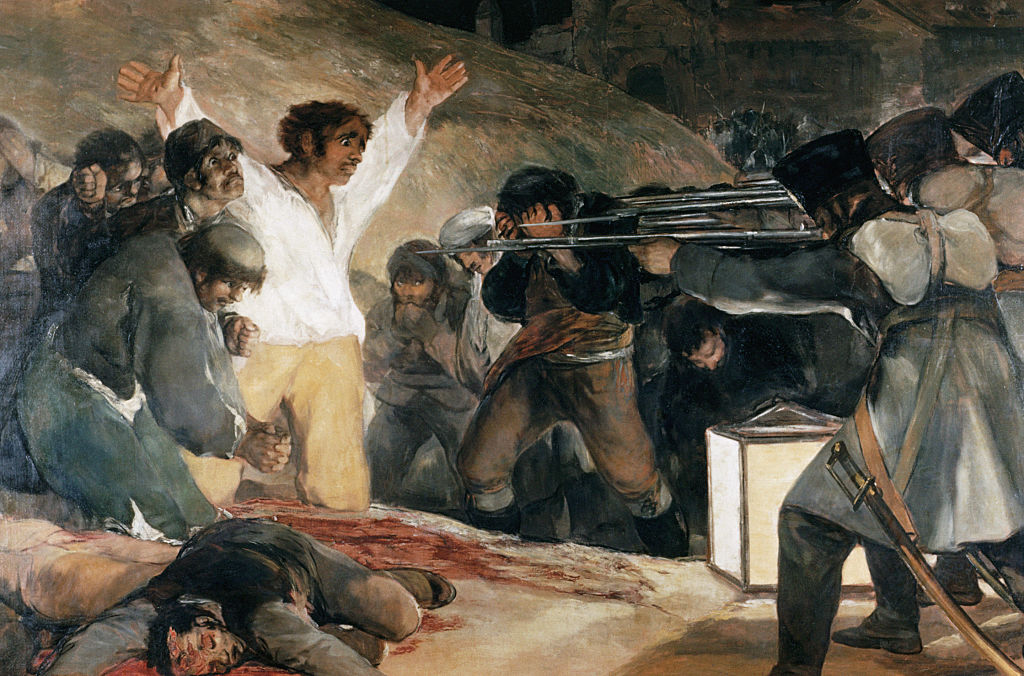When I lived in Idaho, people would ask my mother, “Why did she move to Iowa?” Sometimes they’d break into a frenetic rendition of the B-52’s “Private Idaho” or make a potato joke. Otherwise they didn’t really know what to say about the Gem State.
Residents are proud of Idaho’s obscurity. They encourage it. Iterations of “Idaho is hideous, don’t come here” are a common tongue-in-cheek caption added to breathtaking social media photos of majestic mountain landscapes and pristine trout streams.
I’m convinced that Idaho’s status as America’s best-kept secret is why two cities in the state — Nampa and Boise — were ranked first and second, respectively, on last year’s WalletHub Best- & Worst-Run Cities in America list, which rates cities’ operating efficiency. Idaho’s third and first most populated cities topped the list of 150 challengers, for which six categories were considered: financial stability, education, health, safety, economy, and infrastructure and pollution.
What is it about Idaho that enables its efficient management? My theory from having lived there is that it’s a combination of a low-density population, a varied landscape that accommodates diverse lifestyles and separates people into tight-knit clusters, cold weather that deters those not disposed to self-sufficiency, and natural beauty that distracts from politics (seriously). The state’s relatively undiscovered greatness — Idaho is growing fast, I fear — also promotes a kind of “if you know, you know” bond that unifies different stripes of people more than they might otherwise be. Idahoans like to keep Idaho for themselves and be left alone.
Between the Teton Mountain Range and Boise, some five hours’ drive to the west, is a section of the state that has all the dynamic splendor of a Saltine cracker. Large portions of the Snake River Plain are flat and windy — it’s the type of terrain through which you can drive at ninety miles per hour with the biggest threat to your safety being a strong gust of wind. The Salmon River Mountains, the Bitterroot Range and the Sawtooths (Sawteeth?) sprout up in the center of the state, as does Sun Valley, another ski resort and Hemingway’s last home. Coeur d’Alene and Sandpoint, to the far north, are full of mountains and forests and water and are popular vacation destinations, but they’re damned hard to get to.
In my experience, people who live in Idaho are of a more mindful, intentional nature than most. The state is not on most people’s radars. It’s not really on the way to anything, and you don’t end up there by accident. It’s a weird place, in the best way possible. When I arrived in Teton Valley, I was warned about the dating pool: “The odds are good, but the goods are odd.” The people who moved in more recently to live in the out-of-the-way state full of mountains, farms, ranches, the eerie Craters of the Moon, old Mormon families, and a huge Basque community are pioneer types willing to forgo conventionality for something superior. It’s a quirky lifestyle in places where many perspectives are represented, but mostly all of them prioritize the great outdoors.
Idaho has not been an obvious place to go, like Colorado and Utah have become for semi-adventuresome weekend warriors from California who enjoy a curated outdoor experience. Amenities are sparse. The long, cold, snowy winters separate the mountain men (and women) from the surfer boys. If you survive and stick around for more, you’re considered a real Idaho resident. Many people, I was told, are weeded out this way.
I lived for a few years in Teton Valley, on the other side of Teton Pass from Jackson Hole, Wyoming (locals call it “Wydaho”). I loved it there — and not just because of the postcard views and endless outdoor pursuits. The demographics were diverse, representing an eclectic mix of people not commonly found in small towns. Yet while I lived there (I left in 2017), no one group had outnumbered the others to such an extent as to outvoice them. There was a true balance of power and interests, and the tax base was low enough with only 10,000 people in the entire county that nothing too radical could be accomplished anyway. Plus a lot of that tax base was second-home owners who showed up seasonally.
I’m a “crunchy con” who enjoyed venting about Hillary Clinton during the 2016 presidential election with blue-collar cowboys and libertarian fly-fishermen over an organic hard cider handcrafted locally. Driggs and Victor, the two main towns in Teton County, Idaho, are ski towns, with Grand Targhee Resort an easy twenty-five-minute jaunt away. Originally, the valley was settled by Mormon homesteaders (and one raucous Mountain Man Rendezvous “that ended in a free-for-all battle with the Gros Ventres Indians” in 1832) and Basque shepherds, the latter of whom chose a profession that didn’t require them to speak English. These groups’ descendants continue to farm and ranch and rodeo in the region to this day (yes, there are lots of potatoes, but cattle and other crops, too).
With the exception of some big-money investors spilling over from the Wyoming side — the wealthiest county in the country — newcomers of a far-left progressive persuasion have enough in common with the conservative natives not to clash in profound ways. Young, laid back, hippie ski bums intermingle with hardcore, conservative Mormon ranchers, older, liberal, environmental activist types and hardworking Hispanic families. Libertarian hunters and outdoorsmen gather in Idaho to take advantage of the outdoor paradise, the tourists drawn to it — and ultimately to conserve the place they all love. People of different backgrounds, sharing a common outdoor playground and living together in a small town, can’t help but encounter one another’s perspectives and respect them. (Cowboys and skiers actually team-up for an insane event called “skijoiring.” If that’s not democracy at work, I don’t know what is!) The result is a perfect shade of political purple that only really works in a place that’s small.
That’s Teton Valley, mind you, though it’s my impression from a handful of visits to Boise and Nampa that my old home is a microcosm of Idaho’s most populated places. Boise is small as far as cities go, with a population of only 237,000 people, making it simpler to manage and for elected leaders to take into account residents’ interests. Boise “leans conservative,” likely due to the rural-minded type of people who gather there (it kind of sprouts up in the middle of nowhere) and their strong sense of personal responsibility. Residents of a liberal mindset who come to live in Idaho are probably too busy shredding the gnar to spend much time on imposing woke edicts.
Nature is the answer, and the more people who are outside enjoying it, the better their state will be.



